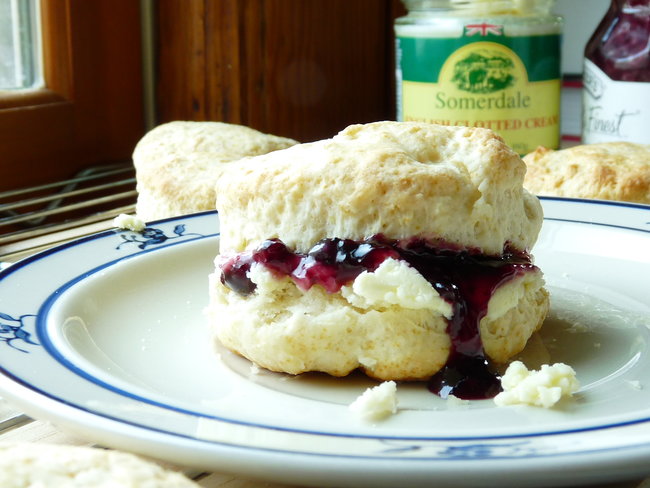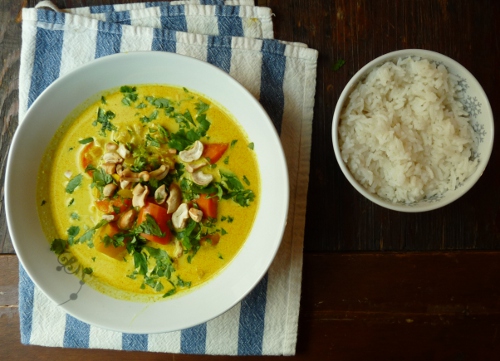This is a really great warm weather salad that’s fresh, filling, and packed with flavour. There’s a little Vietnamese place Dan and I like to go to in Minneapolis called Jasmine Deli which serves amazing phở, great bánh mì, as well as really excellent bún chay – a salad made with tofu or meat, rice noodles (usually vermicelli), lettuce, various crunchy raw vegetables, fresh herbs, and a moreishly flavourful sauce.
We decided to recreate the salad at home and it’s set to be a summer favourite. You could make it with chicken, pork, or beef instead of the grilled tofu that we made. In terms of veggies, we went with carrots, cucumber, and daikon radish, but bean sprouts are a common addition too and bell pepper would add a similar textural crunch. The sauce is wonderfully salty and full of flavour from the fish sauce and lime juice, but feel free to play with the ingredients there as well.
Bún Chay (Vietnamese Noodle Salad)
Ingredients
For the marinade
- 1/2 stalk lemongrass, bulbous portion only, finely chopped
- 1 small clove garlic, minced
- 1/4 teaspoon ground pepper
- 1 teaspoon sugar
- 1 tablespoon fish sauce
- 1/2 tbsp rice vinegar
- 1/2 tbsp soy sauce
- 1/2 tbsp chicken bouillon
- 1 dried red chili, minced
- splash of water
For the salad
- 7 ounces/ 200g dried vermicelli noodles
- 1/2 pound extra firm tofu (or substitute chicken, pork, or beef)
- Vegetable oil
- 1/2 a head of romaine lettuce, shredded
- 1/2 cup daikon radish, thinly sliced
- 1/2 cup julienned cucumber
- 2 carrots, julienned
- Large handful of fresh cilantro (optional)
- 2 tbsp peanuts, chopped (to garnish)
For the sauce
- 2 tbsp fresh lime juice
- 1 tbsp soy sauce
- 2 tbsp fish sauce
- 2 tbsp sugar
- 4 tbsp water
- 1 clove garlic, crushed
Directions
- Press tofu between paper towels to drain excess water. Cut into 1-inch chunks.
- Combine all the marinade ingredients in a bowl and whisk together. Place tofu in marinade and let sit for half an hour.
- Meanwhile, prepare noodles according to package instructions, cooking until white and tender but still firm. Drain in a colander and rinse under cold water, fluffing the noodles to separate the strands. Drain again completely. Set aside.
- Heat bbq and grill tofu until crispy and golden. Flip and cook the other side. (Alternatively, you could stir fry the tofu in a wok over high heat.)
- Shred lettuce set aside with cucumbers, carrots, and sliced daikon radish.
- In a small bowl, whisk together ingredients for sauce. Set aside.
- Divide the noodles between two bowls. Arrange greens and tofu on top and garnish with peanuts. Just before eating, drizzle with sauce to taste and toss.







